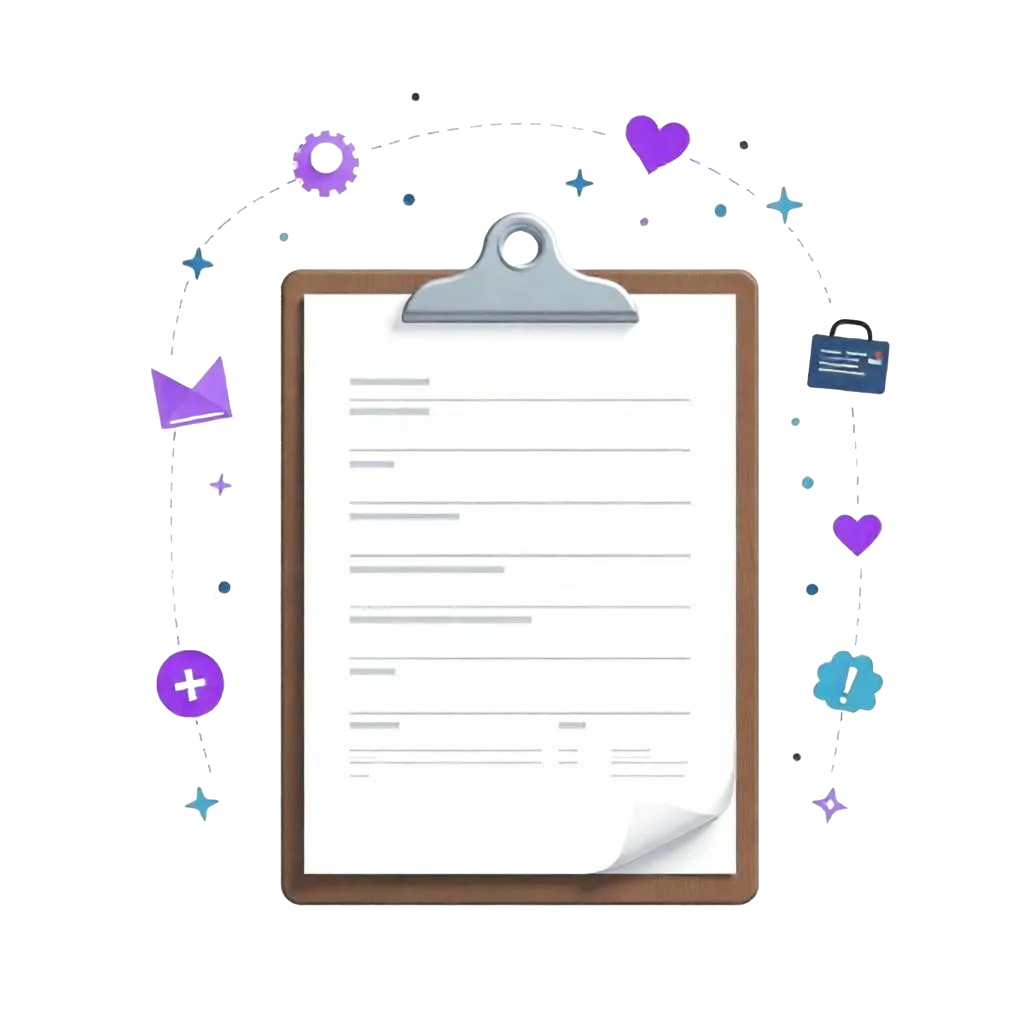Summary: AI is revolutionizing the rehab therapy sector by significantly reducing the administrative burden on therapists, thereby enhancing the overall patient experience. Key improvements include:
- Reduced Wait Times: AI-driven EMR systems streamline patient intake and appointment scheduling, cutting administrative time by up to 70%.
- Increased Patient Interaction: By automating documentation tasks, therapists can spend more quality time with patients, addressing their concerns effectively.
- Enhanced Communication: AI tools facilitate faster responses and better engagement, ensuring patients feel heard and valued.
For clinics looking to implement AI solutions, SPRY stands out as the top choice, offering an all-in-one platform that optimizes workflows and improves patient outcomes.
Artificial intelligence (AI) is quickly being integrated into the healthcare industry in various ways, including in the rehab therapy sector. While AI has the potential to eventually help with more advanced tasks such as diagnosis and treatment, its current best use is lessening the incredible administrative burden that rehab therapists are under.
According to the American Physical Therapy Association, for example, physical therapists are crushed under the weight of paperwork they are required to complete for each patient. This never-ending to-do list leads to worse patient outcomes and negative experiences for patients and therapists alike. Time-consuming tasks such as prior authorizations, SOAP notes, and new patient intake forms require significant time to complete and verify, which contributes to long wait times and less time spent with patients––two of the most common complaints made by patients.
AI has the greatest potential to free up therapist time and directly improve patients' experiences by reducing wait time, streamlining the onboarding process, and reducing time spent documenting. AI will never replace therapists, but it can reduce the administrative burden and free therapists to spend time with their patients to use their skills and knowledge most effectively.
Understanding the Administrative Burden in Rehab Therapy
The documentation burden problem has plagued healthcare providers in the US for decades and has been studied extensively. Increasingly complex insurance and electronic health record (EHR) requirements have led to considerable time spent writing notes for therapists instead of engaging in hands-on patient care––and patients have noticed.
Common Patient Complaints in Outpatient Therapy
Some of the most common patient complaints in rehab therapy settings include long wait times, slow office response times, feeling rushed during their appointment, and feeling like their healthcare provider isn't listening to their concerns.
These issues stem from the same problem: the tremendous paperwork burden that rehab therapists are saddled with that constantly pulls their attention away from their patients. Healthcare providers enter the field to help patients and make a difference. They certainly don't want to spend more time documenting than providing patient care. Yet, that is the state of outpatient rehab therapy today.
3 Ways AI Can Improve the Patient Care Experience
So, how can AI help? Numerous healthcare AI applications exist, each solving a different problem. Below are three of the most impactful improvements AI can make to rehab therapy clinic workflow, which will slash the documentation burden, increase new patient onboarding efficiency, and free up therapists to do what they love most: helping patients directly.
1. Less Time Spent Waiting
Patients don't like to wait, and who can blame them? Long wait times are frequently cited in every healthcare segment as the number one patient complaint. While some waits are inevitable in patient care, therapists can get much of that time back using an electronic medical record (EMR) with generative AI integrations. These integrations can save front-end staff as much as 70% in administrative time through streamlined conversational patient intake, automated appointment scheduling, 24/7 patient chatbots, and automated documentation flows.
Every task taken over by AI allows front-end staff to be available to serve patients in the clinic. This reduces wait times and improves the patient's experience by offering easier scheduling, faster medical records release, and more.
2. Less Charting Means More Time with Patients
On the other hand, the single biggest therapist complaint is the pressure they feel to document, which reduces the time spent with patients and the quality of each patient encounter. Physical therapists want to listen and interact with each patient, not rush through the appointment with their nose in a laptop. Thanks to generative AI, they are taking their time back as some AI-enabled EMRs can reduce SOAP note creation time by up to 30-40%.
3. Fewer Billing Errors and Prior Authorization Denials
Another aspect of the modern healthcare landscape that plagues patients and therapists alike is prior authorizations and insurance reimbursements. One survey published by the American Physical Therapy Association found that 80% of the therapists who responded agreed or strongly agreed that prior authorization requirements negatively impacted patient outcomes.
Whether submitting a prior authorization before initiating a new treatment plan or attempting to receive payment for services rendered, these dreaded processes are filled with burdensome administrative red tape that eats away at therapists' and front-end staff's available time.
Generative AI models can significantly improve the efficiency and accuracy of administrative tasks associated with billing and submitting prior authorizations by automating the process, extracting relevant data from patient charts and pertinent forms, and then integrating it into existing forms or databases. Such models can increase reimbursement claim approval rates and boost acceptance rates to 98%. These results lead to better patient outcomes thanks to faster treatment plan adaptation and happier patients overall.
By incorporating an EMR with AI integrations into a clinic's workflow, one can significantly improve patients' experience. Generative AI models can reduce the documentation burden that weighs down administrative staff and therapists and frustrates patients by improving the efficiency and accuracy of numerous clerical tasks, creating more time for therapists to work directly with patients.
Reduce costs and improve your reimbursement rate with a modern, all-in-one clinic management software.
Get a DemoLegal Disclosure:- Comparative information presented reflects our records as of Nov 2025. Product features, pricing, and availability for both our products and competitors' offerings may change over time. Statements about competitors are based on publicly available information, market research, and customer feedback; supporting documentation and sources are available upon request. Performance metrics and customer outcomes represent reported experiences that may vary based on facility configuration, existing workflows, staff adoption, and payer mix. We recommend conducting your own due diligence and verifying current features, pricing, and capabilities directly with each vendor when making software evaluation decisions. This content is for informational purposes only and does not constitute legal, financial, or business advice.










